PM Images
At one point on Friday, the Dividend Harvesting Portfolio was back in the positive category but couldn’t finish the day in the black. The S&P 500 finished the week +1.96%, and the Dividend Harvesting Portfolio came within $2.50 of breaking even. To date, the Dividend Harvesting Portfolio is in the red by -0.03% as it’s battled back from being down -12.65% in week 83. Never once have I become discouraged throughout this series, and I have looked at every down week in the market as another opportunity to buy. This style of investing won’t appeal to everyone, but it’s hard to argue that it isn’t accomplishing the investment thesis’s main goals. There are many positions that are up and many positions that are down within the Dividend Harvesting Portfolio, and the vast level of diversification has helped mitigate the downside throughout the volatility experienced in 2022.
The Dividend Harvesting Portfolio is now generating $681.83 in projected annual income, which is a forward yield of 7.49%. Throughout 2022 I have collected and reinvested $417.21 from 464 individual dividends across 47 consecutive weeks. For the remainder of November, I am projecting that there will be 21 positions paying an additional $14.62 in dividend income, and there will be 47 positions paying roughly $50.31 in dividend income throughout December to close out 2022. In week 91, I continued to work on getting more positions generating at least 1 share annually through their dividends and added to my positions in Global X S&P 500 Covered Call ETF (XYLD), Owl Rock Capital Corporation (ORCC), and Omega Healthcare Investors (OHI). I plan on adding to these positions again over the next several weeks and will work toward getting more and more positions to generate at least 1 share annually through their dividends.
I allocate capital toward big tech, funds, dividends, and growth outside of my retirement accounts. These are not my only investments, but I did open a separate account, so I could easily track and document this series. I intentionally created broad diversification throughout the Dividend Harvesting portfolio so I could benefit from sector rotations and mitigate my downside risk. Investors who are too exposed to growth companies or large-cap tech have gotten crushed as the investment landscape changes. On the growth and tech side of my investments, I am feeling the pain as some of my favorite companies, including Alphabet (GOOGL, GOOG), Amazon (AMZN), and Meta Platforms (META), have been taken to the woodshed.
I am going to address a question that continues to surface. I am not trying to beat the market with this portfolio. I love index funds and am invested in several index funds. I love dividend investing due to the stream of cash flow it generates. I don’t want 100% of my assets outside of real estate tied to an S&P index fund. I have created a personal investment strategy that works to achieve my investment goals, and having a stream of income generated from dividends is part of my investment strategy. Low-cost index funds are one of the best investments anyone can make in my opinion, and the Dividend Harvesting portfolio is not meant to be a substitute for an index fund. I have read many questions about dividend investing and wanted to start a portfolio from the ground up and document its progress to disprove many misconceptions, including that you need a large amount of seed capital to make dividend investing work for you.
This series has never been about hitting a target yield, generating a certain amount of profit, or beating the market. I had two specific goals with this series. The first was to create a blueprint for constructing a dividend portfolio by documenting the journey starting from the beginning. The second goal was to illustrate how allocating capital each week toward investing, regardless of the amount, would be beneficial in the long run.
Too many people are under the illusion that you need tens of thousands or even hundreds of thousands to benefit from investing. Instead of using my real dividend portfolio as an example, I decided to start a new account, fund it with $100, and add $100 weekly, providing a step-by-step guide to dividend investing. This methodology doesn’t have to be used for dividend investing, and it could be as simple as an S&P index fund or a Total Market fund. Hopefully, this series is inspiring people to invest in their future to attain financial freedom.
A Historical Recap of the Dividend Harvesting Portfolio’s Investment Principles and Historical Performance
Investment Objectives
- Income generation
- Downside mitigation through diversification
- Capital appreciation
Below are the fundamental rules I have put in place for this Portfolio:
- Allocate $100 weekly to this Portfolio
- Only invest in dividend-producing investments
- No position can exceed 5% of the Portfolio
- No sector can exceed 20% of the Portfolio
- All dividends & distributions are to be reinvested
Below is a chart that extends from week 1 through the current week to illustrate the Dividend Harvesting Portfolio’s Progression
- Blue line is my initial investment $100 in week 1, $1,000 in week 10, etc.
- Red line is the account value at the end of each week
- Yellow line is the annual dividend income the Dividend Harvesting Portfolio was projected to generate after that week’s investments and dividends reinvested
The Dividend Harvesting Portfolio Dividend Section
Here is how much dividend income is generated per investment basket:
- Equities $210.49 (30.87%)
- ETFs $162.10 (23.77%)
- REITs $137.33 (20.14%)
- CEFs $128.36 (18.83%)
- BDCs $43.24 (6.34%)
Steven Fiorillo Steven Fiorillo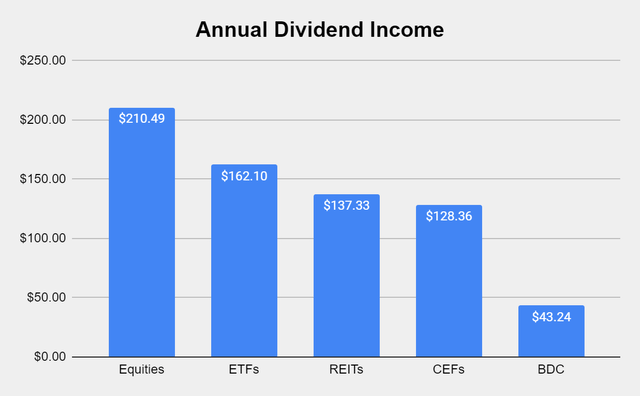
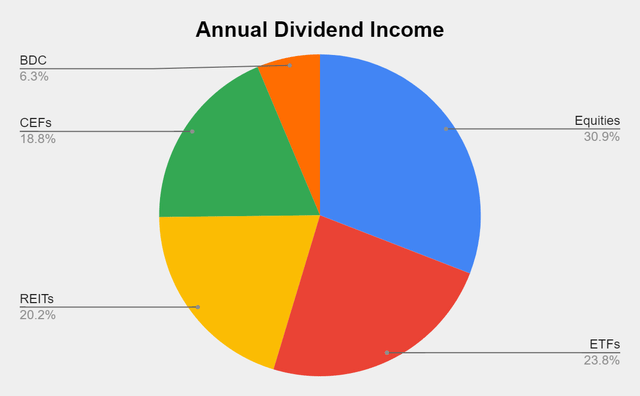
Collecting dividends can serve many functions in a portfolio. Some investors utilize dividends to supplement their income and live off. I am building a dividend portfolio for myself 30 years into the future. Since I am reinvesting every dividend, they serve multiple purposes today. In 2022 alone, I have collected $417.21 in dividend income from 464 dividends across 47 weeks. This has allowed the Dividend Harvesting portfolio to stay in the black while growing the snowball effect.
These dividends allow me to gain additional equity in my investments while increasing my future cash flow in down markets. This style of investing isn’t for everyone, but if you’re looking to generate consistent cash flow while mitigating downside risk, this method has worked for me. I am hoping to collect between $450 and $500 in dividends in 2022, which will be reinvested, and finish the year generating >$700 in annual dividends.
October is in the books, and November is about to come to an end. After next week I will have another full month of data for the following chart. Should I do a month-to-date for the current month’s income in a different color, maybe green? Please leave a comment below if you think I should.
I haven’t added new positions since week 90, and the Dividend Harvesting Portfolio has 604 individual dividends flowing through its portfolio on a weekly basis.
The goal of generating enough income from the dividends to purchase an additional share per year has been the never-ending project of this portfolio. There are now 12 total positions generating at least 100% of their share value in dividends within the Dividend Harvesting portfolio. This could fluctuate due to market volatility, but I am looking to have as many positions generating at least 1 share annually from their dividends as I can. OHI is right on the edge, and I believe I can get 4-5 positions crossing over to the 100%+ category before 2022 ends.
The Dividend Harvesting Portfolio Composition
Many of the readers have asked if I could break down the individual positions within these sectors. I created pie charts for each individual sector and have illustrated how much each position represents of that sector of the Dividend Harvesting portfolio. Since I only have 1 position in Food & Staple Retailing and Industrials, I did not make a chart for those. 3M (MMM) and Walgreens Boots Alliance (WBA) represent 100% of those sectors. The charts will follow the normal portfolio total I have constructed. Please keep the ideas coming, as I am happy to add as much detail to this series as I can.
In week 91, REITs remained the largest segment and grew a bit closer to my 20% threshold for an individual sector weight within the Dividend Harvesting Portfolio. Individual equities make up 44.89% of the portfolio and generate 30.87% of the dividend income, while exchange-traded funds (“ETFs”), closed-end funds (“CEFs”), real estate investment trusts (“REITs”), business development companies (“BDCs”), and exchange-traded notes (“ETNs”) represent 55.11% of the portfolio and generate 69.13% of the dividend income.
I have a 20% maximum sector weight, so when a singular sector gets close to that level, I make sure capital is allocated away from that area to balance things out. In 2022, I will make an effort to even out these portfolio percentages. As more capital is deployed, the bottom half of the portfolio weighting will increase.
|
Industry |
Investment |
Portfolio Total |
% of Portfolio |
|
REIT |
$1,675.13 |
$9,097.50 |
18.41% |
|
ETFs |
$1,579.02 |
$9,097.50 |
17.36% |
|
Closed End Funds |
$1,251.02 |
$9,097.50 |
13.75% |
|
Oil, Gas & Consumable Fuels |
$840.34 |
$9,097.50 |
9.24% |
|
Technology |
$624.63 |
$9,097.50 |
6.87% |
|
Communication Services |
$594.64 |
$9,097.50 |
6.54% |
|
Financials |
$571.02 |
$9,097.50 |
6.28% |
|
Consumer Staples |
$573.08 |
$9,097.50 |
6.30% |
|
BDC |
$499.66 |
$9,097.50 |
5.49% |
|
Utility |
$267.44 |
$9,097.50 |
2.94% |
|
Pharmaceuticals |
$247.38 |
$9,097.50 |
2.72% |
|
Industrials |
$133.30 |
$9,097.50 |
1.47% |
|
Independent Power & Renewable Electricity Producers |
$106.68 |
$9,097.50 |
1.17% |
|
Food & Staple Retailing |
$125.52 |
$9,097.50 |
1.38% |
|
Cash |
$4.24 |
$9,097.50 |
0.05% |
Steven Fiorillo Steven Fiorillo Steven Fiorillo Steven Fiorillo Steven Fiorillo Steven Fiorillo Steven Fiorillo Steven Fiorillo Steven Fiorillo Steven Fiorillo Steven Fiorillo Steven Fiorillo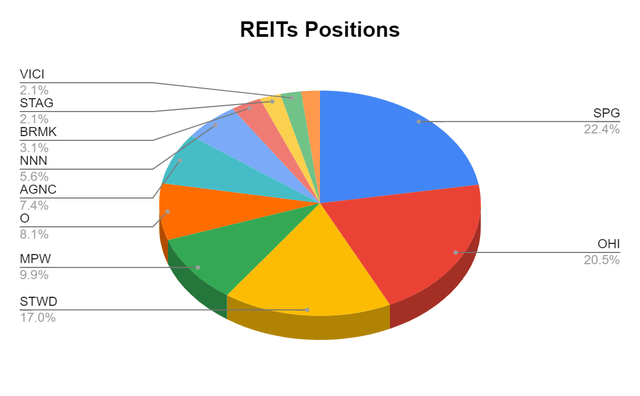
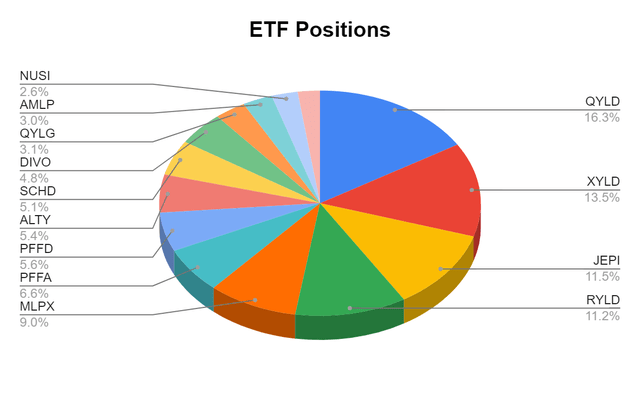
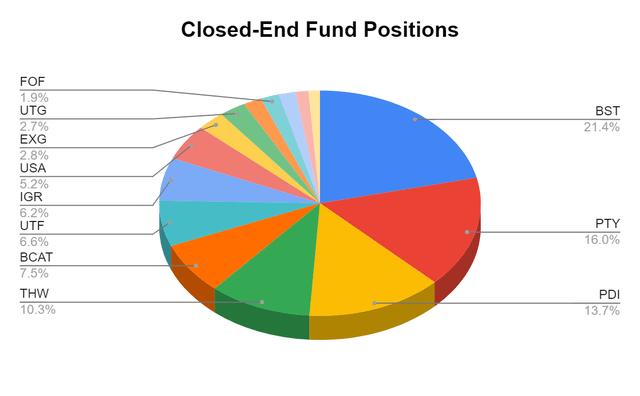
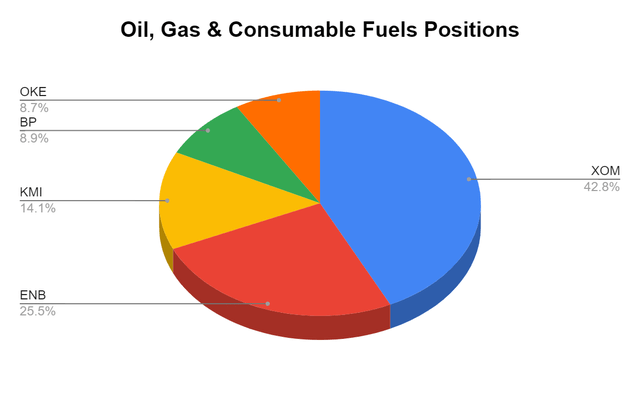
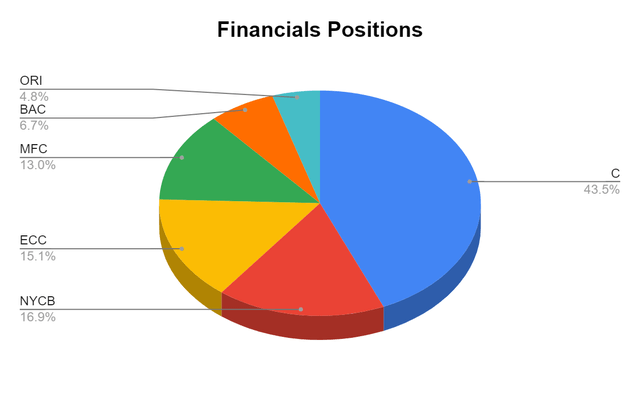
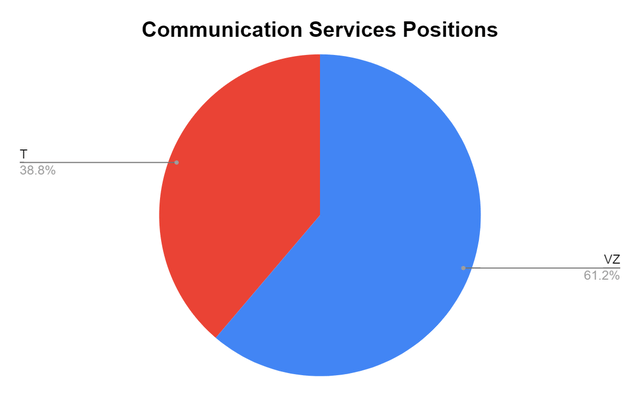
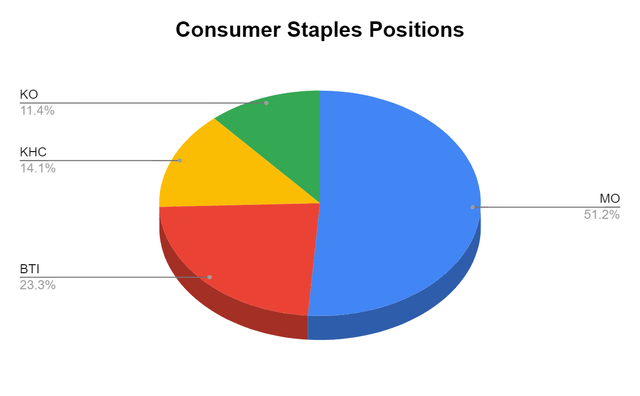
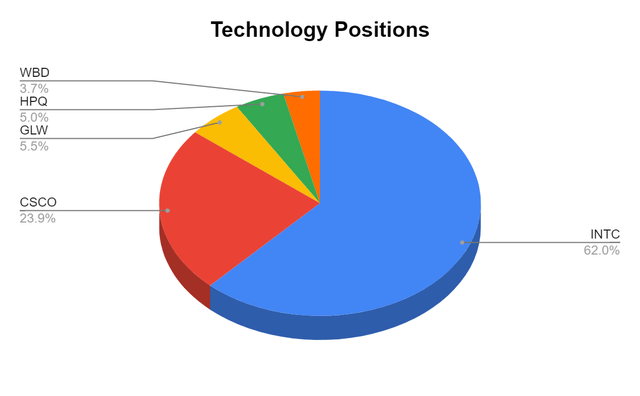
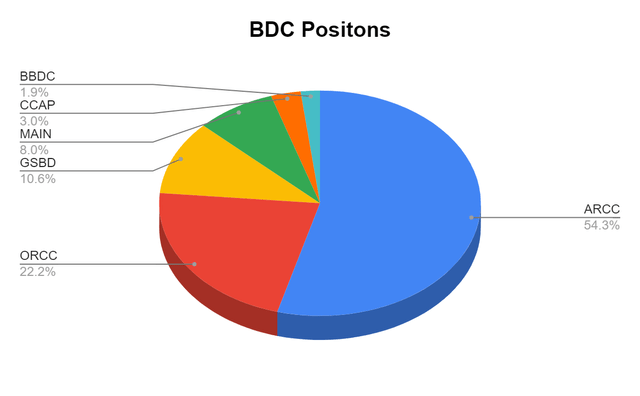
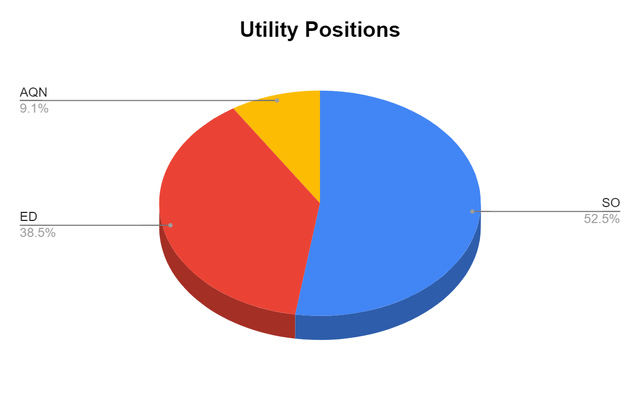
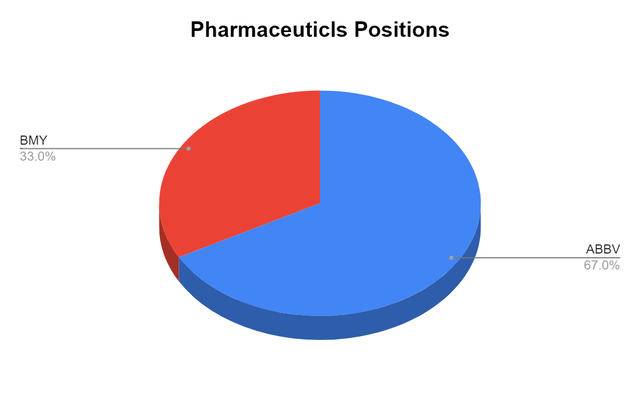
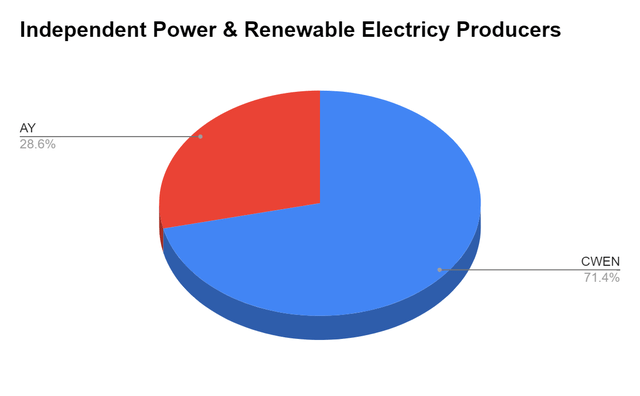
In week 91, INTC was still the largest allocation in the Dividend Harvesting Portfolio. INTC fell a bit from last week as it has gone from representing 4.45% to 4.25% of the portfolio.
Week 91 Additions
In week 91, I added to the following positions in the Dividend Harvesting Portfolio:
- Global X S&P 500 Covered Call ETF (XYLD)
- Owl Rock Capital Corporation (ORCC)
- Omega Healthcare Investors (OHI)
Global X S&P 500 Covered Call ETF
- XYLD is yielding over 10%, and I am trying to get it to generate more than 1 share per year from its dividends. I added this week and may add again next week to accomplish this goal. I believe that when the market rallies, XYLD will appreciate a bit as well.
Owl Rock Capital Corporation
- ORCC is my 2nd favorite BDC behind Ares Capital (ARCC). I am adding to ORCC for the same reason as XYLD in trying to get it to generate 1 share per year through its dividend, but I am also trying to decrease the allocation to ARCC that I have in the portfolio. ORCC is also paying special dividends when they can and have recently increased its dividend.
Omega Healthcare
- In addition to the common theme around generating a share per year through its dividend, I think OHI is undervalued and wrote a dedicated article on the idea, which can be read here.
Week 92 Gameplan
I will probably add to my position in OHI, XYLD, and the BlackRock Science and Technology Trust (BST).
Conclusion
The Dividend Harvesting Portfolio is a breath away from being back in positive territory. I feel that the investment premise is achieving its goals as it’s mitigated downside risk, while generating a continuous stream of dividends. I will continue to add to positions close to crossing over the 100% mark for generating 1 share per year annually through its dividends. By the time 2022 closes out, I hope to have at least 7 more companies generating a share per year annually. If anyone has any comments or suggestions, please leave them below.


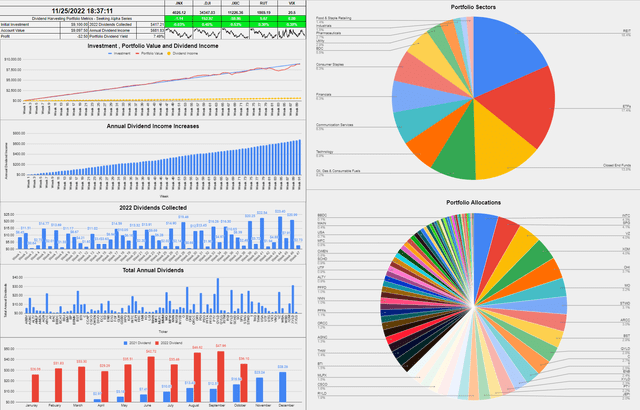
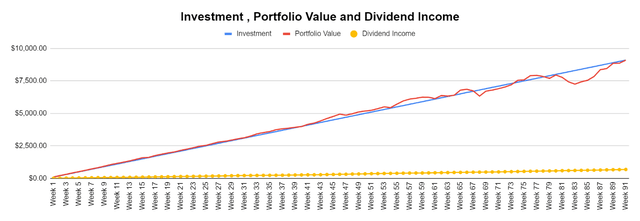
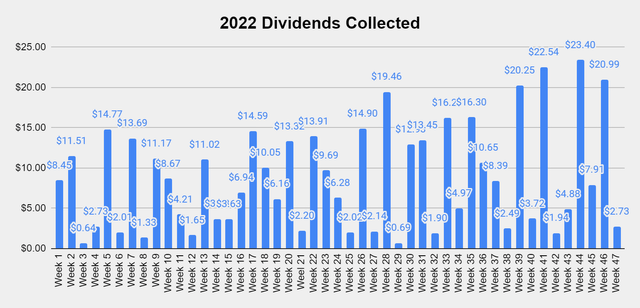
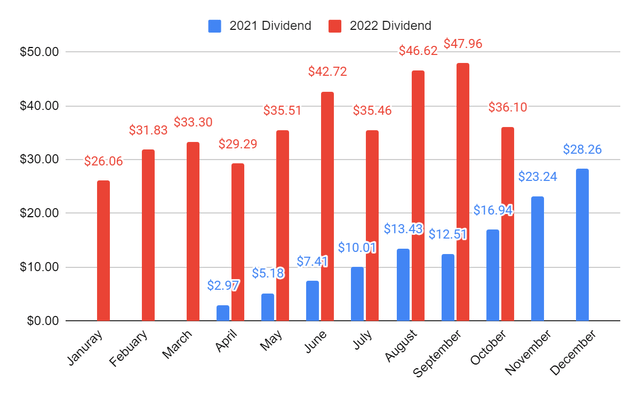
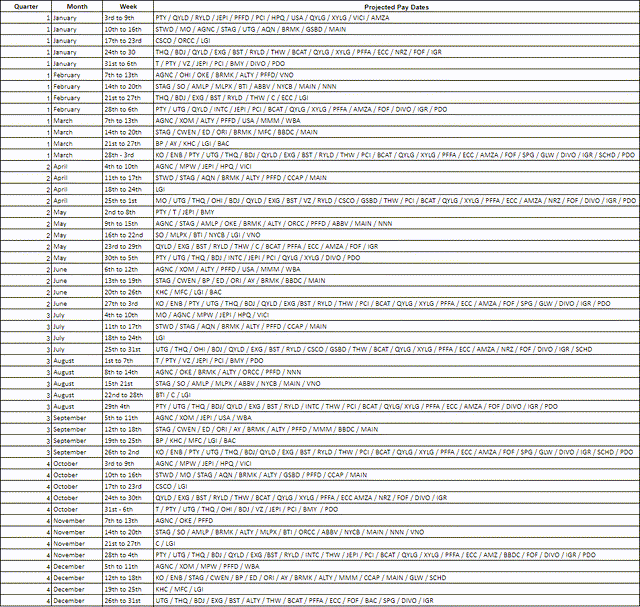
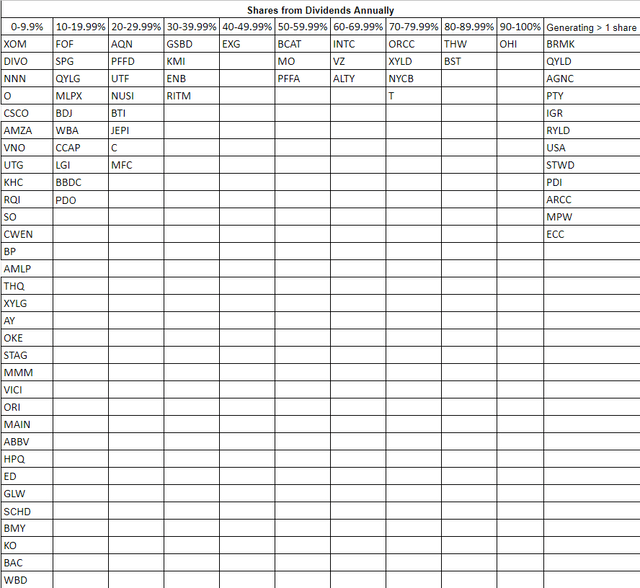
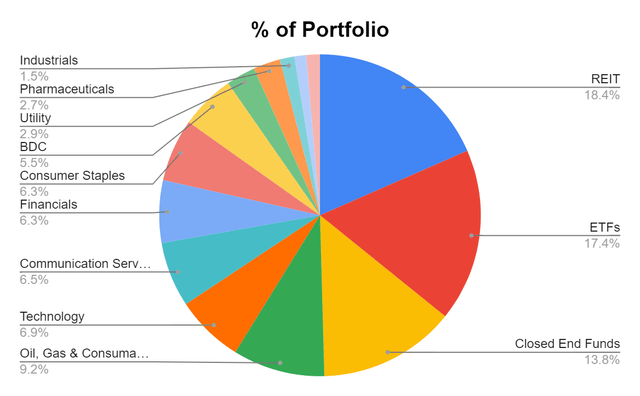
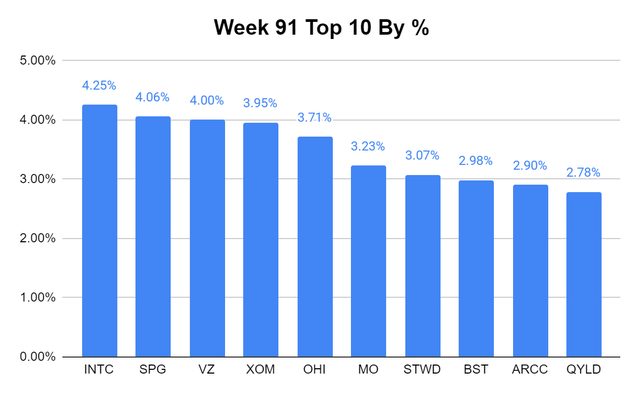
Be the first to comment